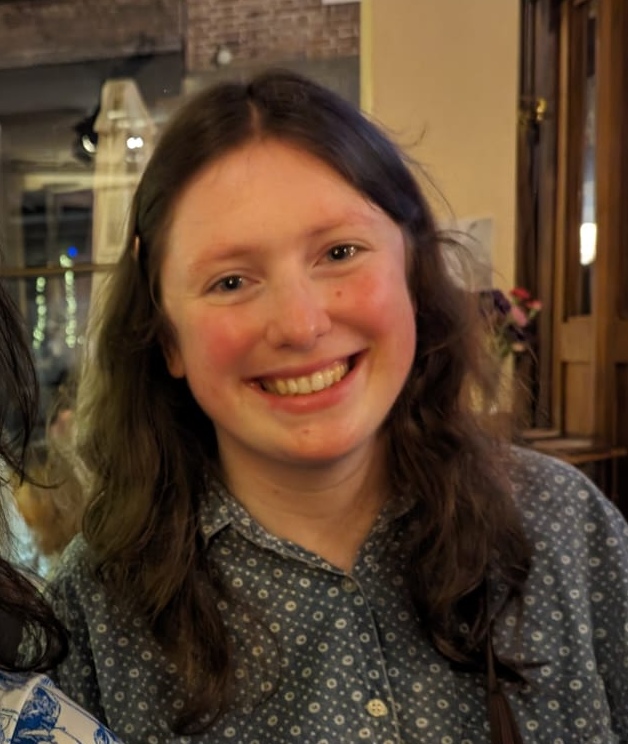Urban density has been central to the study of cities for over a century. Usually measured as number of inhabitants, or units of housing, per km2, recent scholarship has focused on a more detailed, qualitative understanding of density, moving from the idea of the ‘compact city’ in the 1990s, to ideas of ‘superdiversity’ and ‘gentle density’. There is evidence that high densities can cause a range of negative impacts on quality of life of inhabitants, such as high traffic congestion, overcrowding and environmental degradation. However, recent scholarship has questioned this stance, considering higher density more sustainable and viable by supporting the prevalence of mixed-use and popularising ideas such as the 15-minute city, which provides increased access to amenities, opportunities and a sense of place. In terms of how social housing has developed in the last century, density is no minor issue. Early 20th century and post-war social housing in Europe and the UK followed different patterns and densities, and these have had an impact on the quality of life of the inhabitants. This PhD proposes to study the patterns of social housing in Belfast since the 1980s, to understand the qualities of their density. We will use methods of urban morphology and mapping, to establish conditions of mixed use, density, height, building quality and access to services. This will be combined with methods of graphic anthropology to understand the experiences of inhabitants of these social housing areas, and the ways in which they have developed throughout the past decades.

